TechniqueOct 24 2018
Human hands and eyes are also indispensable for adjusting machine operations precisely. Artificial intelligence (AI) cannot easily imitate the sense for flexible adjustments that craftsmen have cultivated over the years. We remain determined to manufacture high quality products in Japan in a bid to improve the technologies and conditions that are necessary for reliable manufacturing. In this section, we introduce the people who support this manufacturing at SHINDO. They are artisans working at our plant in Fukui Prefecture, a place blessed with abundant nature.
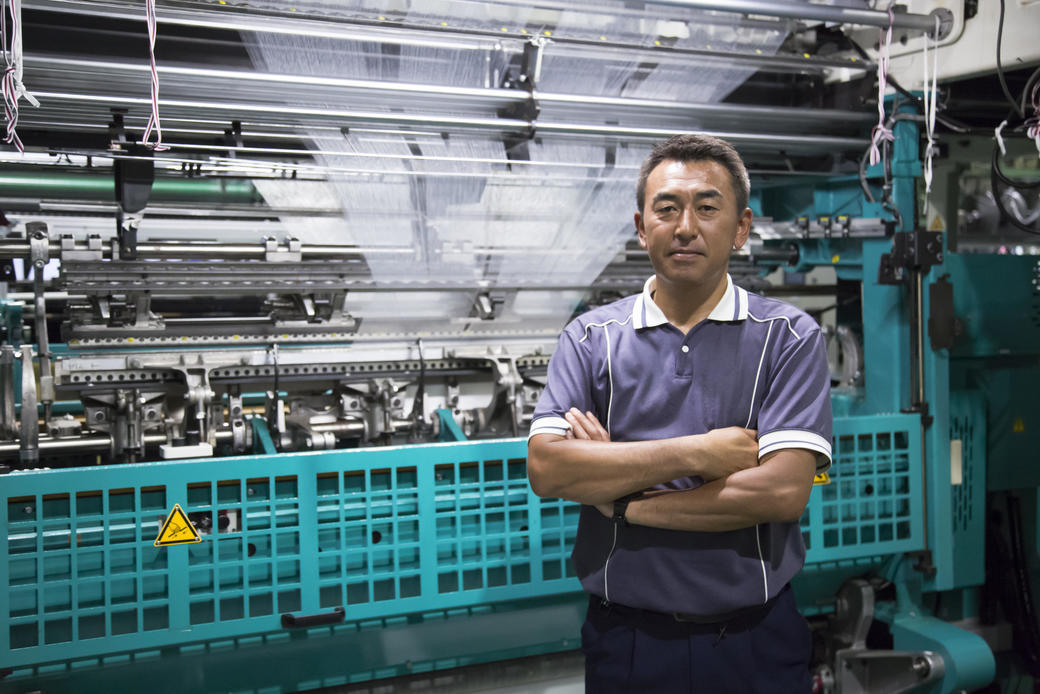
I am in charge of warp knitting. This is a manufacturing method in which loop yarns are knitted lengthways. Warp knitting is often used for sportswear. We knit fabrics that fulfill the functionality and design characteristics ordered by manufacturers. People may refer to what we do as knitting, but each product that is made to order is a new project for us. I start each project by thinking about the best structure for the knitting to ensure that the requested designs are compatible with the functions sought.
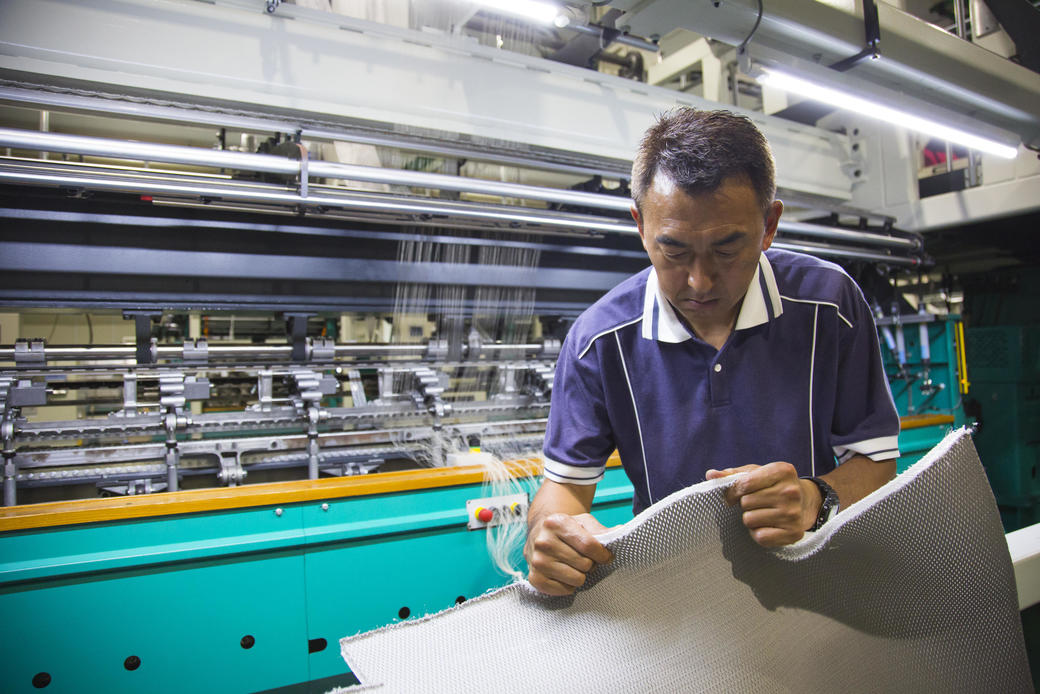
I ask each customer questions until I can share the images that are on his or her mind. I then prepare a design drawing by thinking about the necessary composition for completing each product. I repeat one trial and error after another at our knitting factory, actually knitting the product, observing and touching it, and finding minor differences from the images. I undertake new challenges and seek to complete the product by enhancing its precision with fine knitting machine adjustments using my own eyes and hands. I feel very pleased when I see sportswear made from a product that I worked on either in a store or being worn by an athlete. The product looks somehow proud to me, compared with how it looked when the knitting was finished at our factory. (laughs)
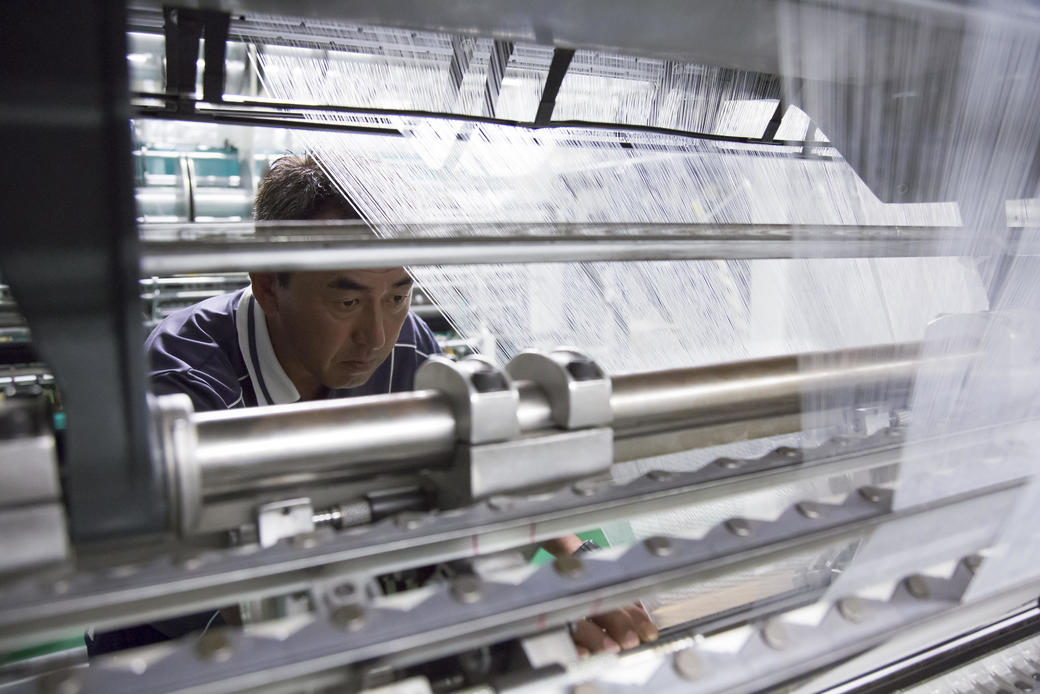
My passion for building plastic models and drawing pictures started at a young age. I am the kind of person who, when I was choosing my career path, found making things more attractive than selling things. I was very keen to become a qualified warp knitter as quickly as possible, but when I joined SHINDO there was no such thing as the study groups we find at manufacturers today. At that time, novices like me studied by observing how the senior artisans worked. After learning the basics from them, I studied independently, moving my own hands at job sites to understand the structures of machines and knitting principles. I taught myself to break the fabrics down, view their structures, and write them into design drawings. I then checked whether I could knit the fabrics as beautifully as the originals by following my drawings exactly. I carried out an analysis in my own way. I tried many things desperately, hoping to become a qualified artisan as quickly as possible. My efforts may have been worthwhile. I felt confident as a artisan when I made a quality product in a style that had not been possible at SHINDO, but it took me almost 10 years to feel that way. I do not think that there are any shortcuts to becoming a qualified artisan. (laughs)
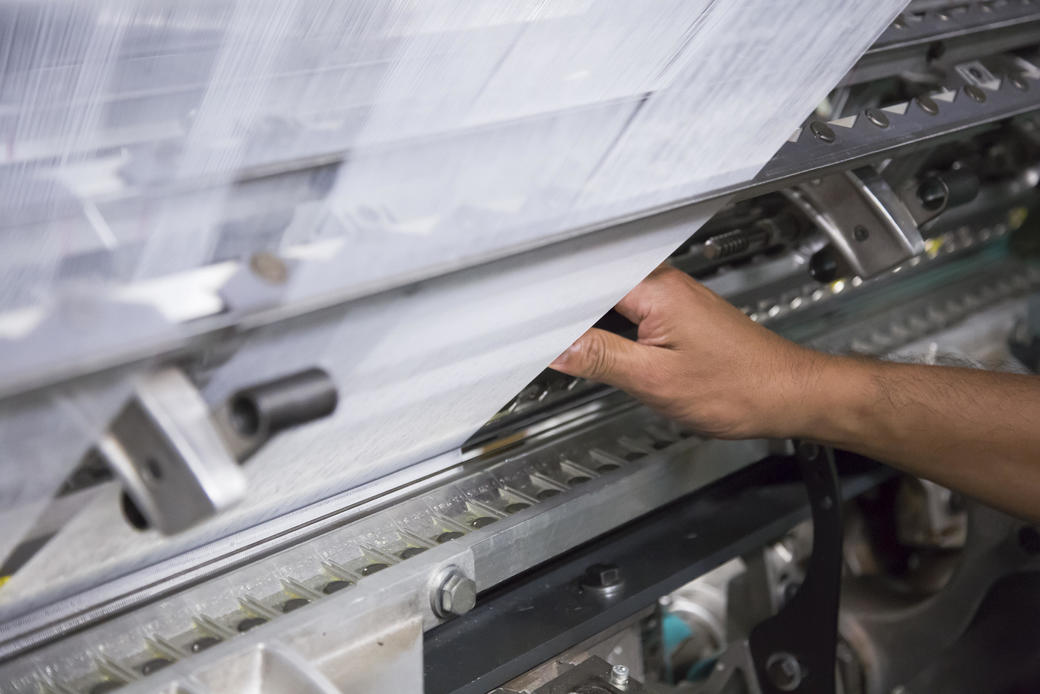
There are cases where, upon receiving an order, I feel that fulfilling it may be impossible. In some of these cases, however, I come up with a wonderful idea all of a sudden in the course of my habitual search for a method, while thinking about how to choose a yarn, how to set the yarn on the machine and how to adjust the machine precisely. I feel on top of the world when I work on such an idea, complete an ordered product exactly the way I have planned, and hear the pleasure expressed by my customer. This feeling of achievement gives me a supportive push toward the next challenge.
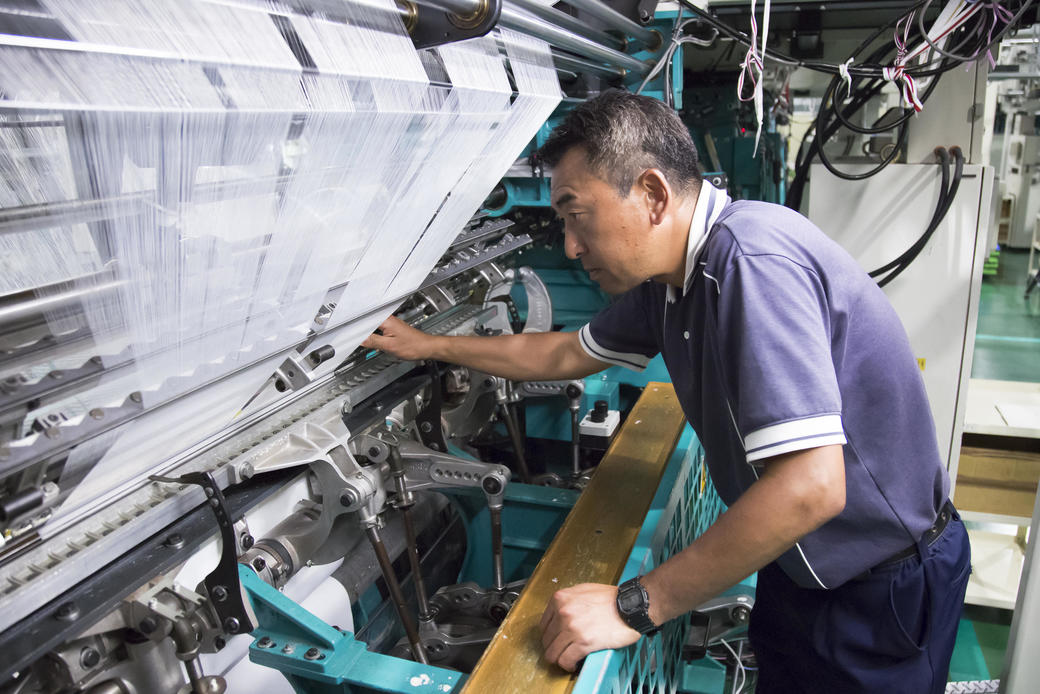
It has been 10 years since I moved into the Product Development Division, whose mission is to develop new fabrics. New materials are not easy to develop. We frequently face high barriers. But I encourage myself positively, telling myself, "It will be revolutionary if I can achieve this." I spend some of my days thinking about knitting machines around the clock. I am working on new fabric development in all seriousness for the pride of Japanese artisan and the reason for SHINDO's existence. There are people who say to me, "That is the kind of determination I would expect from an artisan." Speaking of myself, however, I am determined not to have the determination to get things right. As a matter of course, there are cases where I stick to something stubbornly. But I deliberately exercise caution against adherence at the stage where I am still searching for a new method. I return to square one when I cannot see any light after thinking using my knowledge and experience. I keep my thinking flexible without adhering to what is correct in my own view. This stance has enabled me to think in many ways. Inflexible thinking does not allow us to leave the bounds of common sense. It does not mean giving up by any means. The determination of an artisan who keeps working on something that he or she started from scratch in order to achieve a target result is etched in my heart.
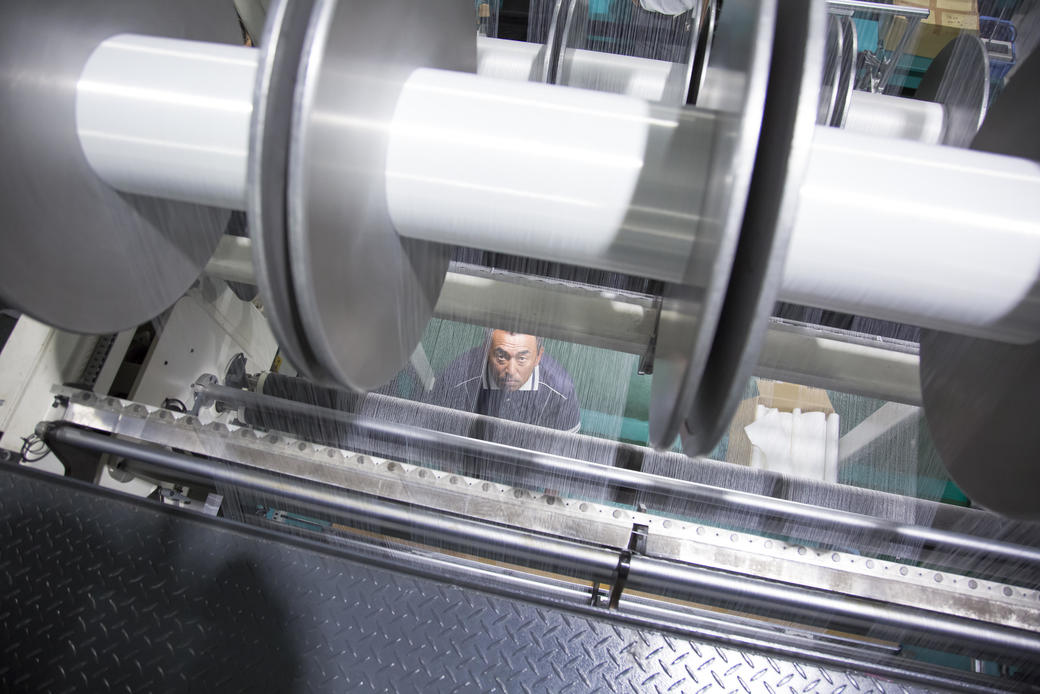
Personal satisfaction is not my goal. My mission is to develop products that give birth to something that is useful for people's lives. There are materials in fields that are less likely to draw attention. I want the products developed by SHINDO to contribute to happiness and comfort in life as products that are "assuring," "safe," "cute," "beautiful" or "cool." I will equip myself with flexible thinking that is free from fixed ideas and an indomitable spirit to craft such products. I will seek to achieve my goal, which is new materials development, combining traditional techniques with new approaches.
TOPCategory ArchiveTechniqueArtisans playing an important role for SHINDO vol.1